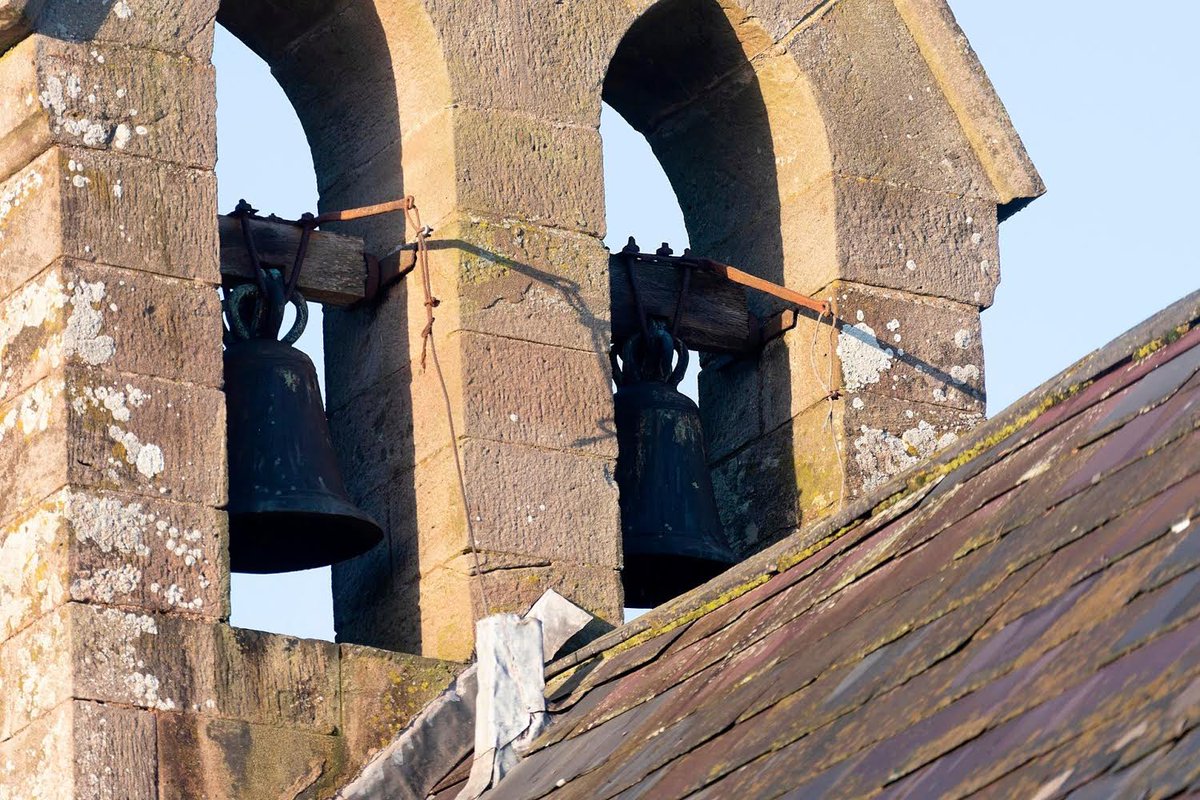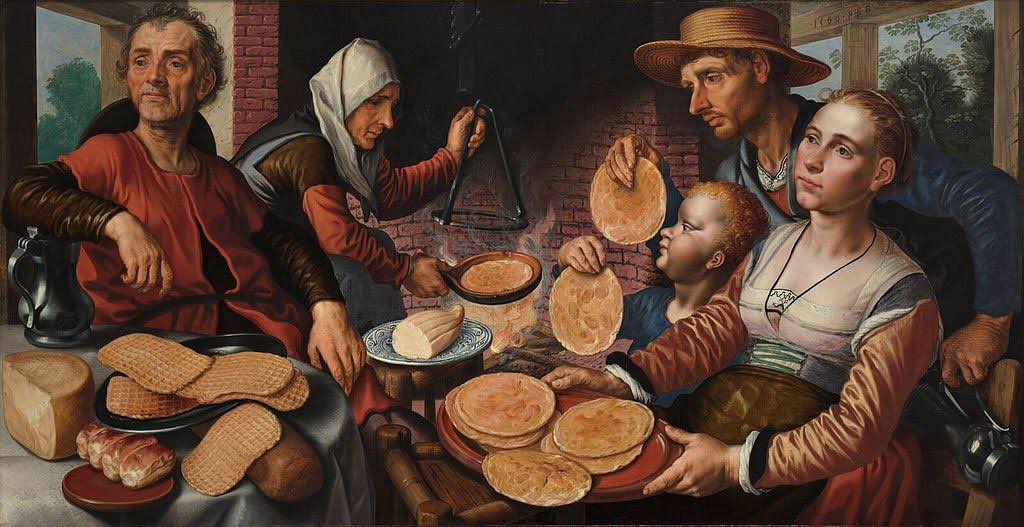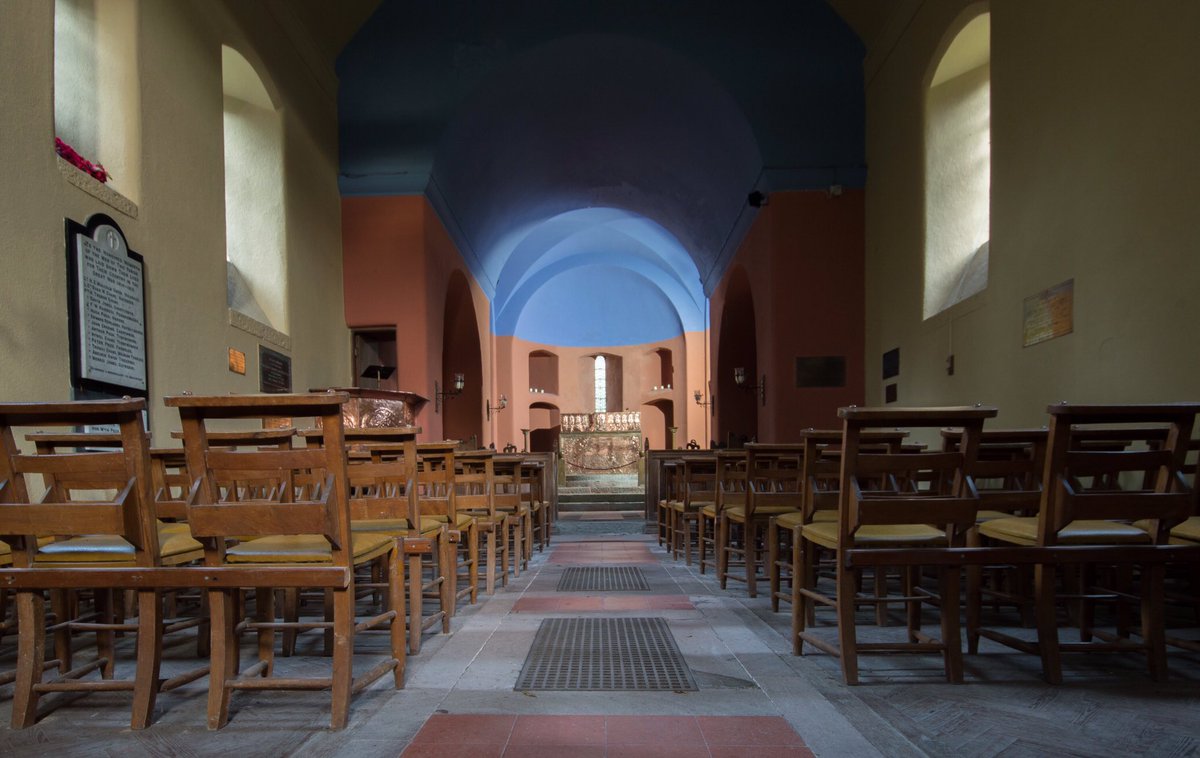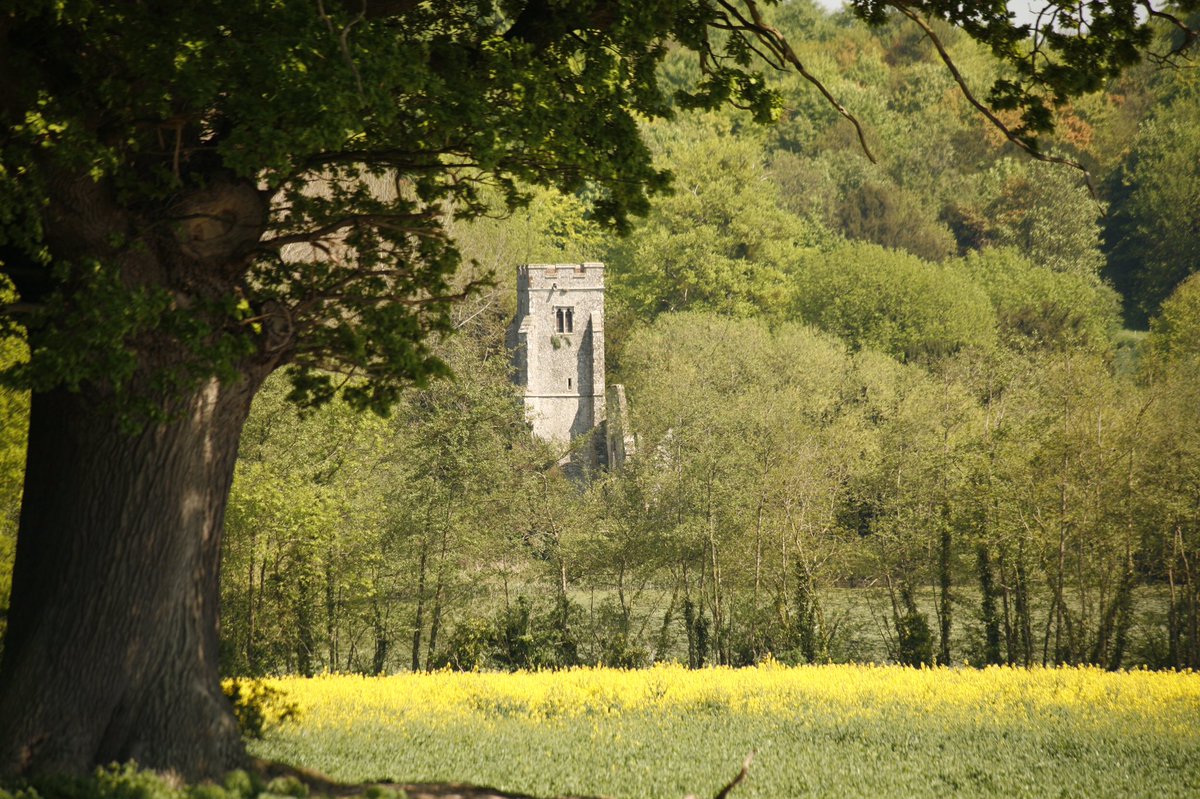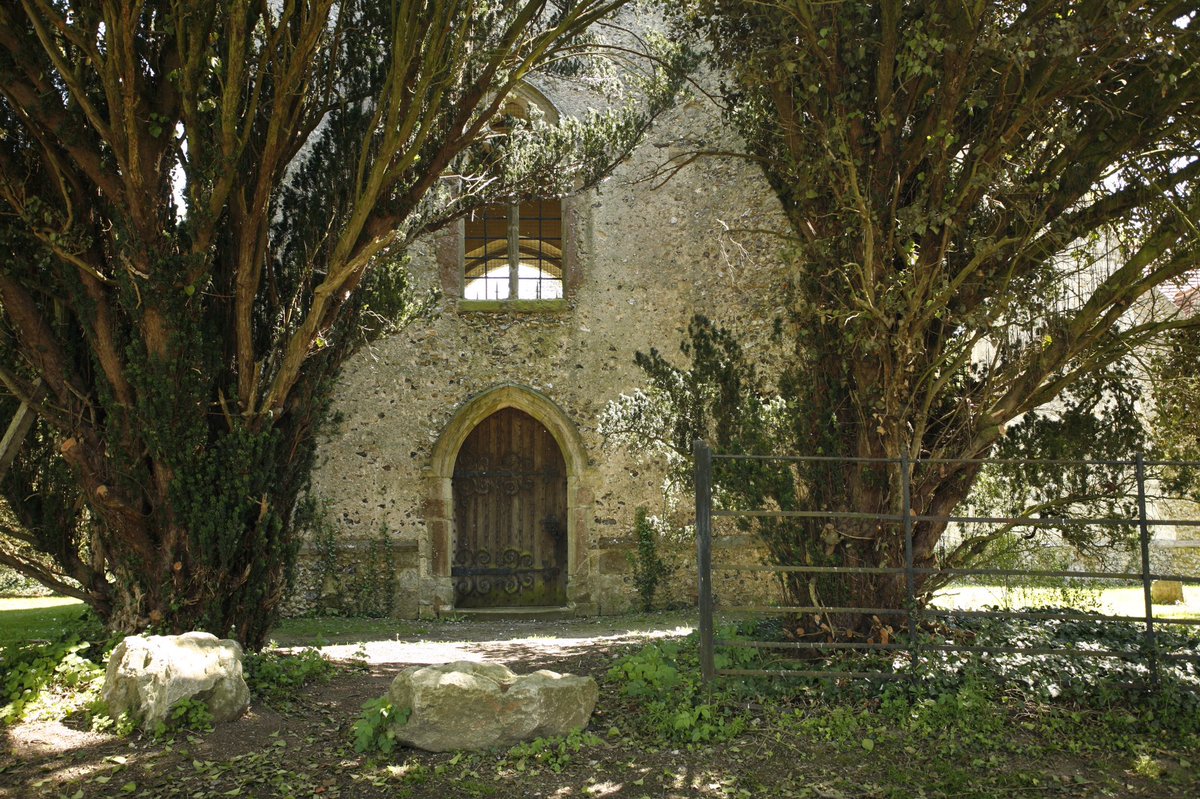
Our story began on a roadside outside Halifax.
By the 1960s, Old St Matthew’s was elegant, forlorn and empty. Its days were numbered.
The Bishop of Wakefield called for its demolition. We knew it had to be saved. And we would fight for it tooth and nail.
#thread
By the 1960s, Old St Matthew’s was elegant, forlorn and empty. Its days were numbered.
The Bishop of Wakefield called for its demolition. We knew it had to be saved. And we would fight for it tooth and nail.
#thread
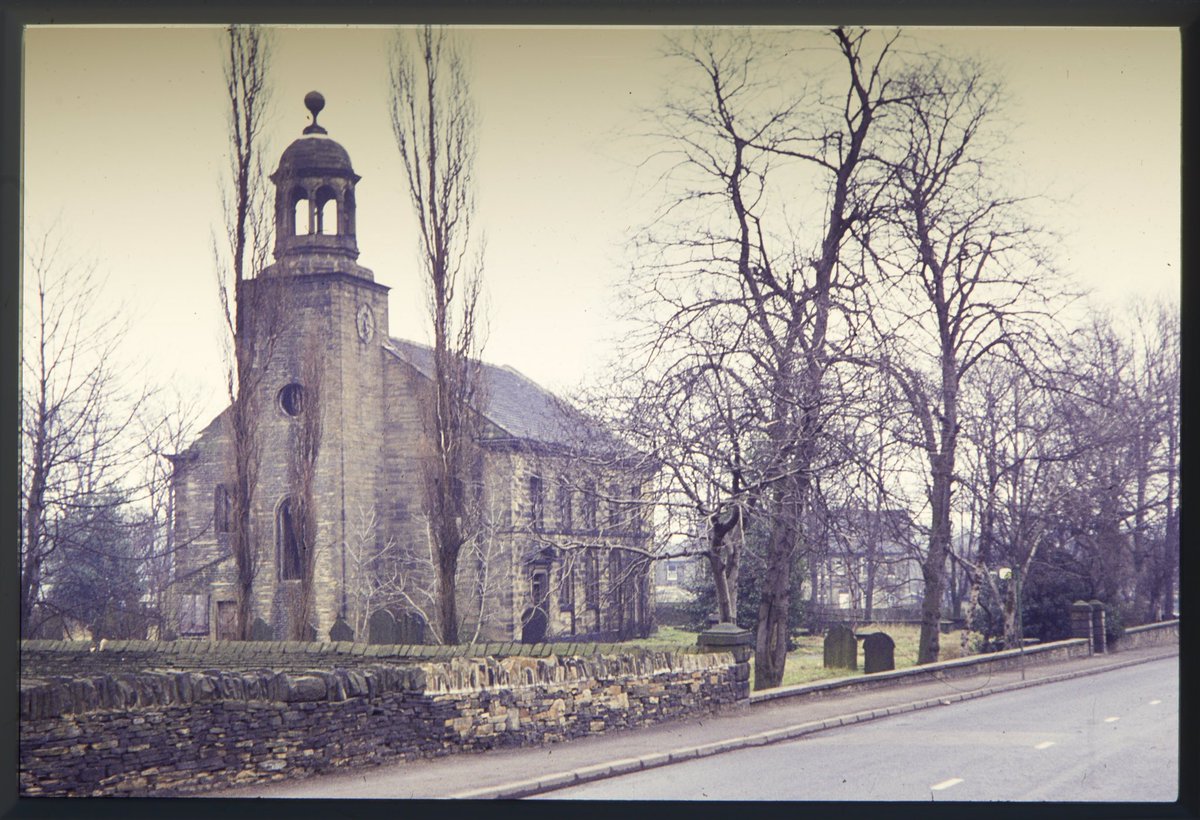
Built in 1775, Old St Matthew’s was a neo-classical preaching box. In 1875, a new church was built a few hundred yards away. No longer needed, it slowly slipped into decay. A serious storm damaged the vulnerable building. After that, it was prey to thieves and vandals.
2/
2/

A blot on the landscape. Surplus to requirements. A dangerous structure. The Bishop of Wakefield pressed for the demolition of the church.
We fought for years. Realising the Bishop would not back down, we implored that the tower alone be saved for posterity.
3/
We fought for years. Realising the Bishop would not back down, we implored that the tower alone be saved for posterity.
3/
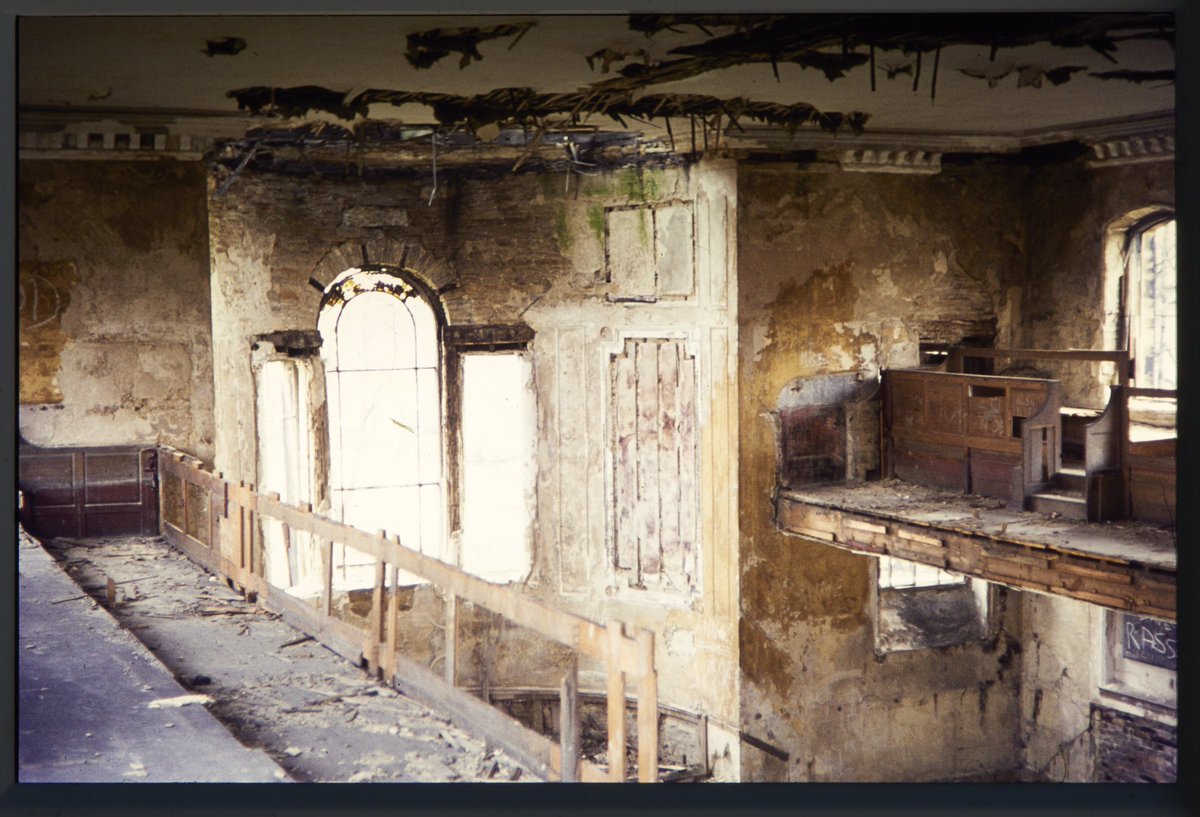
The Bishop relented. The church was demolished. The ragged, partially demolished tower came to us. But the loss is keen: The internal gallery structure was of cast-iron. The earliest surviving example of cast-iron used in this way is St James, Toxteth, finished in 1775.
4/
4/
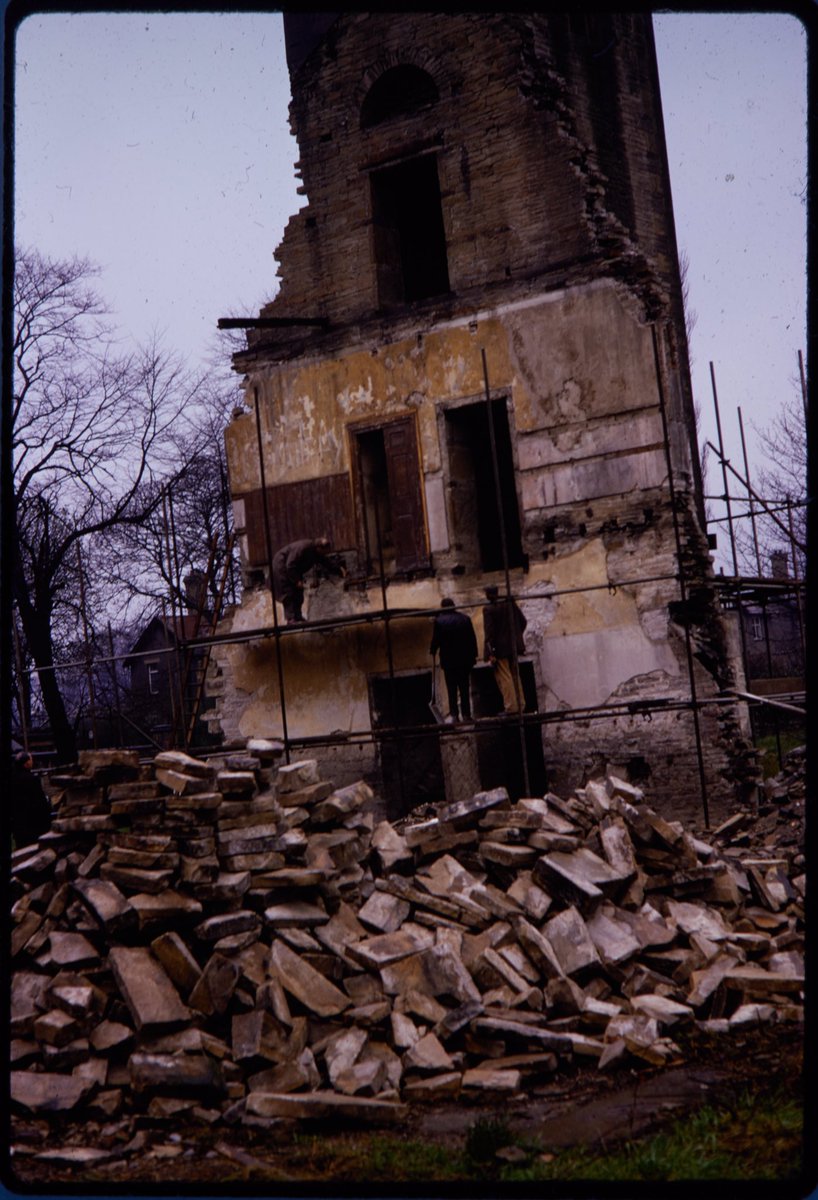
St Matthew’s church was also finished in 1775. So, we lost a constructionally pioneering - beautiful - building by adventurous builder William Mallinson of Halifax. Mallinson is buried here - in the churchyard of the church he designed.
5/
5/
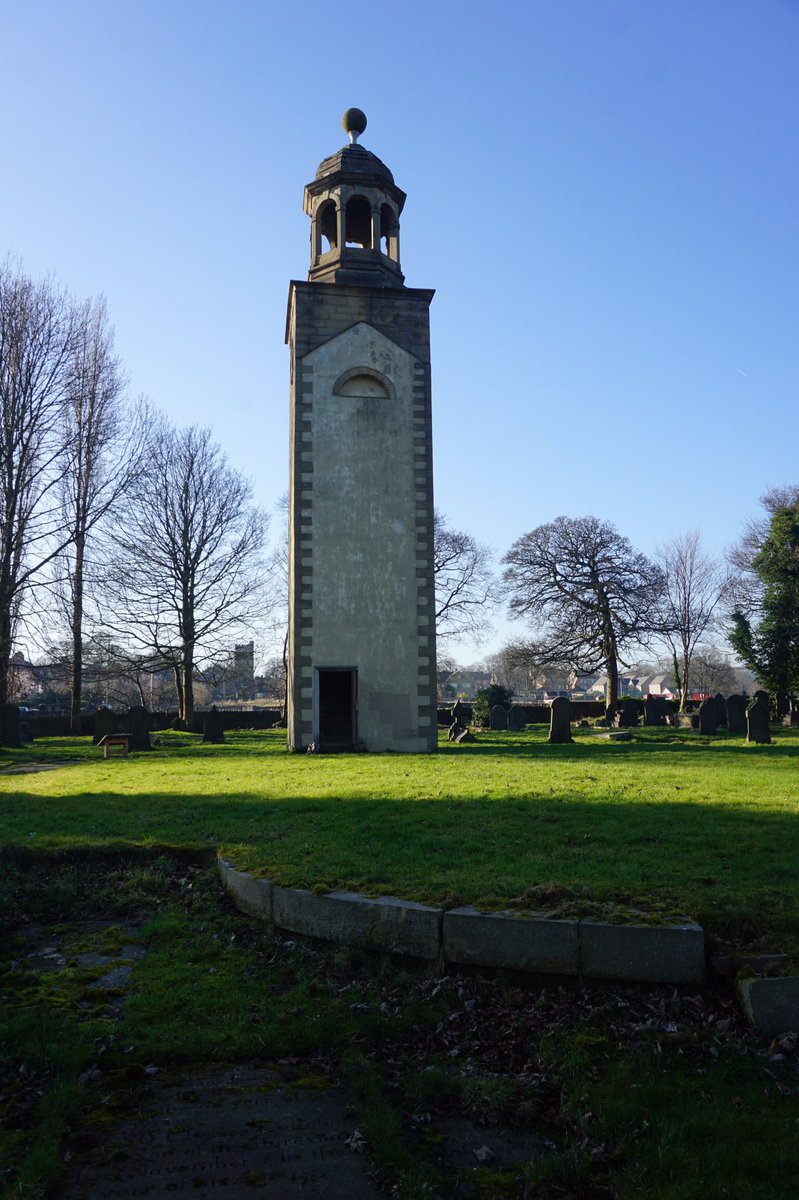
The Friends saved the monuments, benefaction boards and a foundation stone dated 1529. These are safe within the tower. They include memorials to the Walker family - including @SearchingForAnn
6/
6/
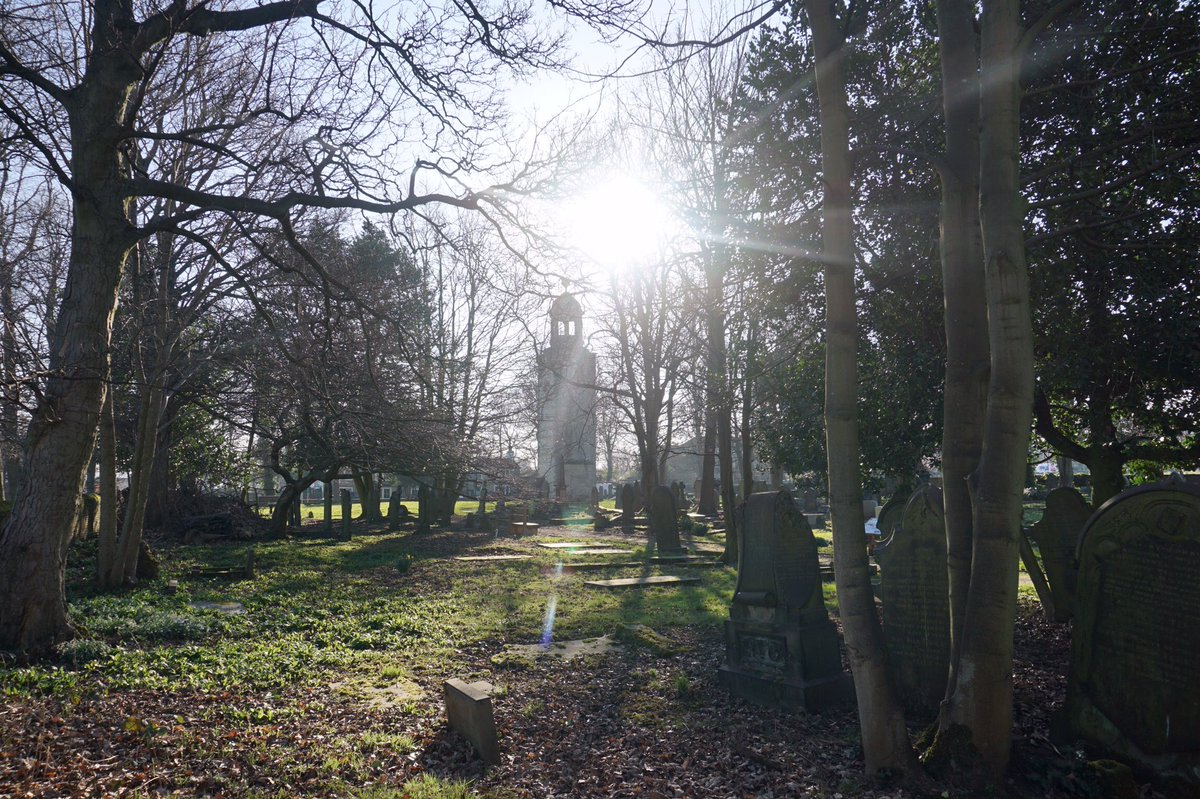
The demolition of Old St Matthew's was a pivotal moment in our history - and it was captured in these images by our founder, Ivor Bulmer Thomas.
7/
7/
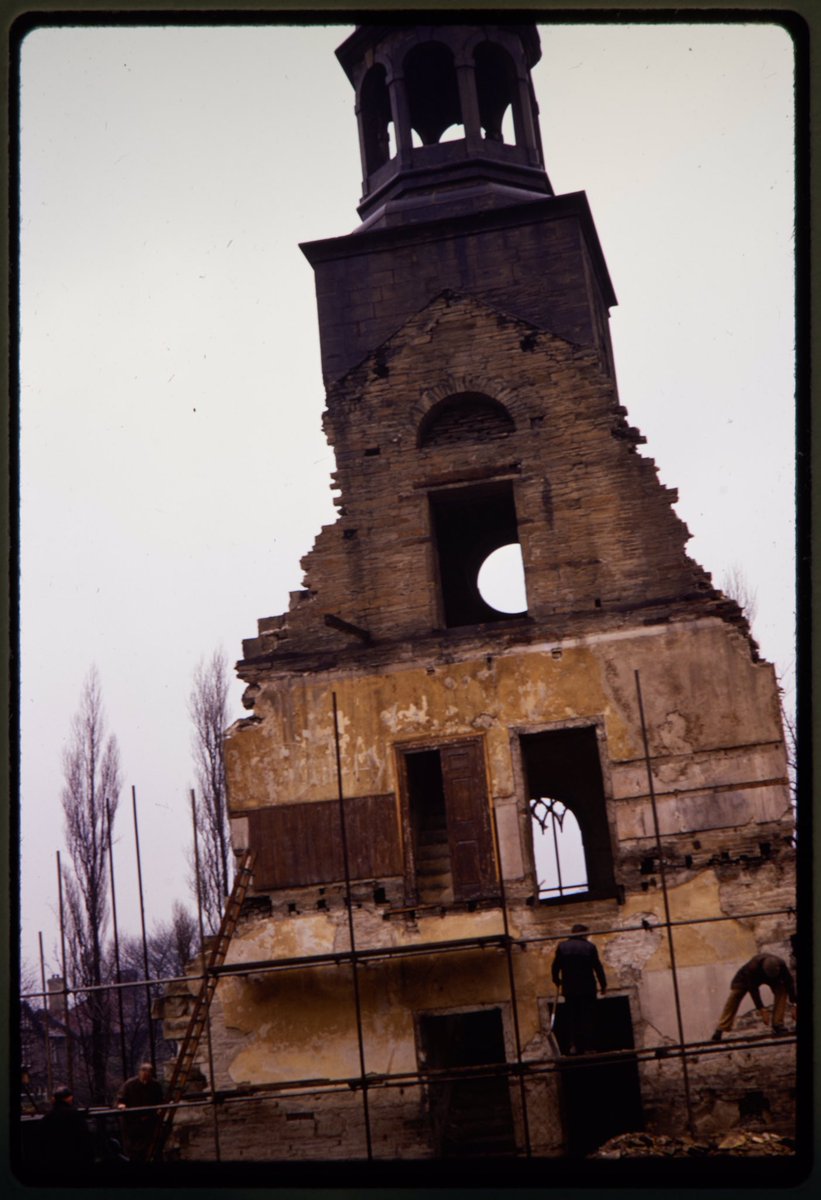
We don’t receive public funding in England, but we take on more places of worship every year when they close.
We’re always grateful for any support you might be able to give.
friendsoffriendlesschurches.org.uk/join-us/make-a…
(Not being presumptuous, but, thank you.)
8/
We’re always grateful for any support you might be able to give.
friendsoffriendlesschurches.org.uk/join-us/make-a…
(Not being presumptuous, but, thank you.)
8/
Also: we must give a special shout out to @FOSMchurchyard - the wonderful group that care for the churchyard surrounding Old St Matthew’s... all 2.2 acres and approx. 11,000 burials. They do tremendous work. ♥️
• • •
Missing some Tweet in this thread? You can try to
force a refresh










